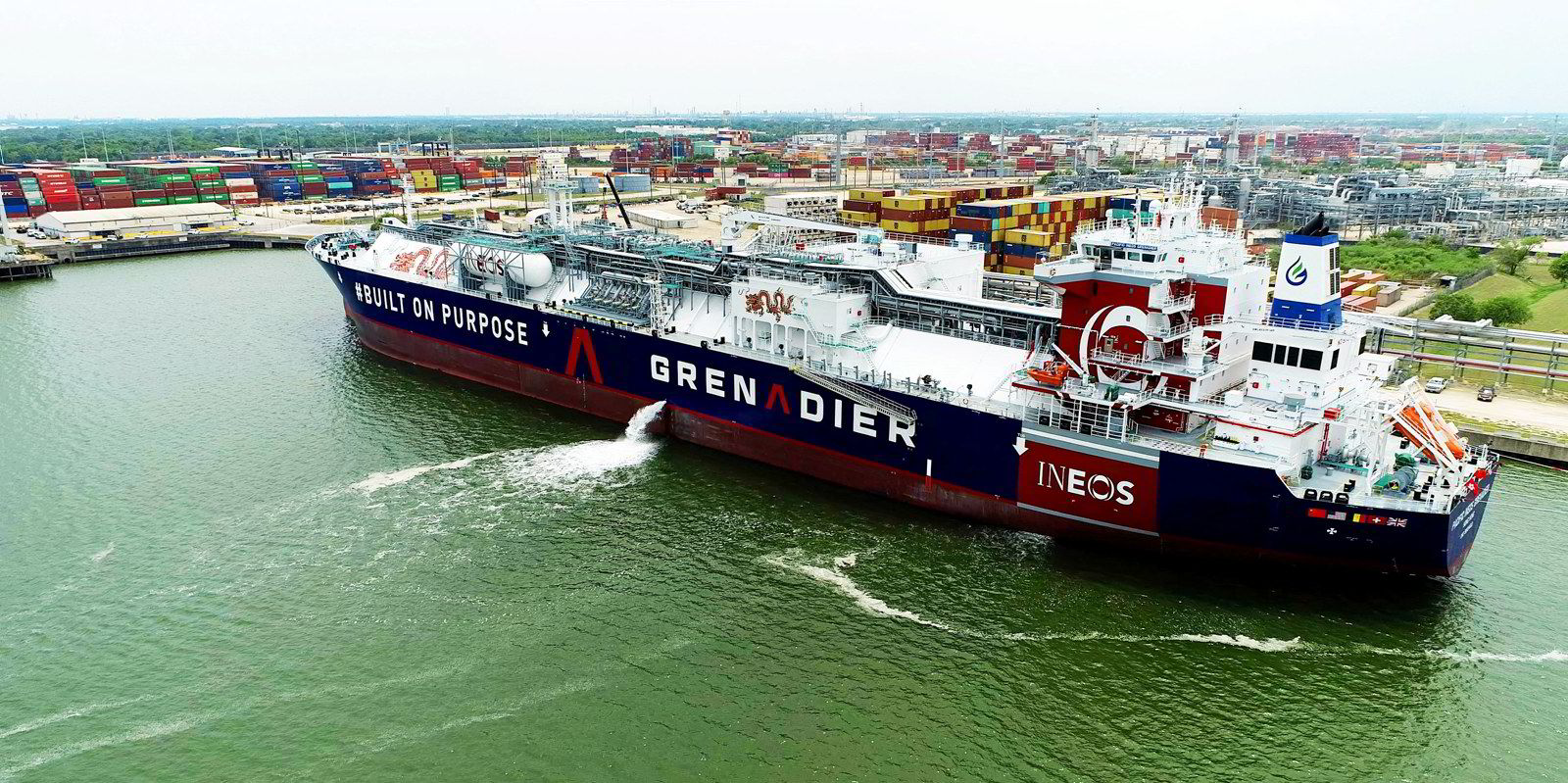More than 200 large LNG carriers have been ordered since April 2021 at increasingly expensive prices, but investment in new LNG supply is not keeping pace.
Since the invasion of Ukraine, just two projects for new LNG trains have taken final investment decisions (FIDs), despite record-high gas prices and Europe scrambling to replace Russian pipeline gas with LNG.
The surge in orders has meant delivery slots at South Korean shipyards are now hard to come by before 2027, with yards not prepared to accept orders so far in advance.
Chinese yards with no previous large LNG carrier experience have been stepping into the breach. Two took their first firm orders this year and a third is poised to do so.
But concerns about there not being enough shipbuilding capacity to meet the demand for orders would be better redirected into whether there will be sufficient new LNG supply to employ all these vessels as they deliver mid-decade.
The gap between ship orders and investing in new liquefaction capacity has opened this year.
If more FIDs on new LNG supply are not taken soon, the supply-demand gap that is already expected in mid-decade — when the orders of the last 18 months will be delivered — will extend further into the second half of the decade.
However, getting new projects to FID is proving more difficult than the current market conditions suggest it should be.
Europe wants additional LNG, but how long does it want it for? The 20-year-plus contracts required to secure finance do not fit in with European decarbonisation goals.
Outside Europe, markets that were looking to take up LNG or ramping up import volumes have been deterred by the high prices caused by the energy crisis.
Demand for ships will also be hit by the newfound buying power in Europe, compared to Asia.
With European markets closer to the major new sources of supply from the US than Asia, the tonne-mile demand generated from new liquefaction capacity will be less than was previously expected before the invasion of Ukraine.
Regulations to the rescue?
If more projects take FIDs soon, the surplus shipping capacity should be quickly eroded. But if fewer than expected new LNG trains are built, the expected mid-decade downturn for LNG shipping will be prolonged.
Those hoping that the International Maritime Organization and new environmental regulations might come to the rescue before new LNG trains are built and reduce the supply-demand gap by pushing older ships out of the market are likely to be disappointed.
The Carbon Intensity Indicator (CII) that comes into force in January 2023 will only slowly impact the older ships.
This means that the period mid-decade when we think the supply-demand gap will be largest will not be helped much by CII. When the new regulation does begin to bite, the market should be tightening anyway as new LNG liquefaction capacity comes onstream.
Scrapping is further restricted in the LNG sector by the prospect of a second life for a trading vessel as a floating storage unit, a floating storage and regasification unit or floating LNG production unit.
If a ship does successfully find work as one of these options, then that removes the vessel from the trading fleet and tightens the balance. But in many cases, ships that might otherwise have been scrapped in other sectors remain available to the trading fleet.
The potential for finding such second-life work improves if more LNG supply is built, encouraging the construction of more regasification capacity and associated FSUs or FSRUs.
This means more vessels will stick around as available for trading mid-decade before being converted in the second half of the decade. But if more liquefaction capacity does not take FID soon, the wider and longer the gap will be between LNG shipping supply and demand.
Employment prospects
Holding back on new ship orders until more LNG trains have taken FIDs would not only ensure the ship is delivered into a period with better employment prospects, but could also have the benefit of what Maritime Strategies International forecasts will be lower newbuilding prices as we approach the middle of the decade.
Underpinning that price decline is that replenishing or replacing the container ship and LNG carrier orderbooks being delivered in 2023 to 2025 with other ship types — aside perhaps for some oil tanker tonnage — will be very difficult.”
Andrew Buckland is a senior gas shipping
analyst at Maritime Strategies International
Do you have an opinion to share?
Email: news@tradewindsnews.com





